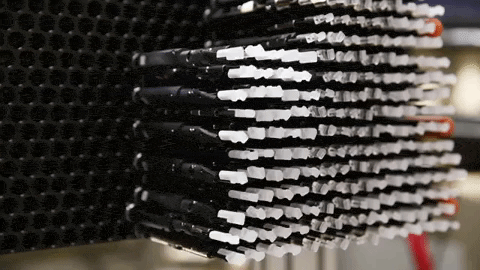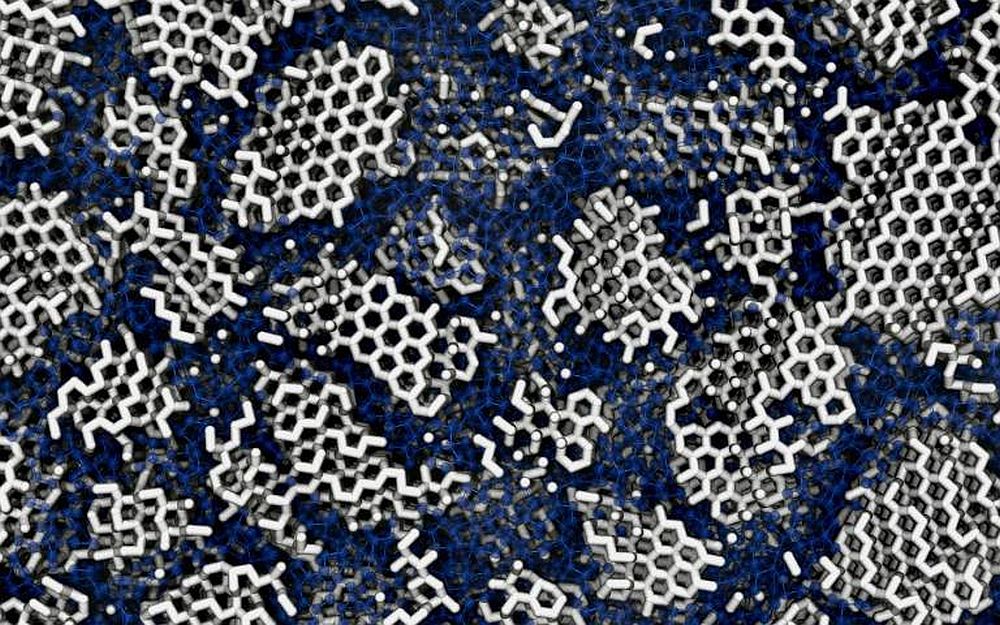
[Image above] 5,000 tiny robots will gather light from distant galaxies to measure the effect of dark energy on the expansion of the universe. Credit: Berkeley Lab, YouTube
Ever since the U.S. launched its first satellite into outer space in 1958, we became hungry for knowledge about the expansive universe surrounding our planet.
We’ve come a long way from the late 1950s. Scientists still have a lot of unanswered questions about the mysteries surrounding our macrocosm, and through research and advanced technology we continue to learn more about how the universe evolved.
Surveying the universe and gathering data is a pretty big deal today. Scientists are now studying how our universe is expanding and how dark energy is playing a role in that expansion.
This desire to understand the universe is why researchers at Berkeley Lab are developing an instrument that they hope will provide insights into the mysteries of the growth of the universe. Leading an international collaboration of about 465 researchers from nearly 71 institutions, the researchers are creating a 3-D map of the universe by assembling 5,000 fiber-optic robots into the Dark Energy Spectroscopic Instrument (DESI), according to a Berkeley Lab news release.
DESI will measure how dark energy affects the expansion of the universe, according to a description on the DESI website. The researchers will install DESI on the Nicholas U. Mayall Telescope at Kitt Peak National Observatory in Arizona, which was closed earlier this year in preparation for the retrofit.
Berkeley Lab researchers are assembling 5,000 individual fiber-positioning robots, each one having a single fiber that targets a single galaxy, according to Berkeley Lab local plane lead engineer Joseph Silber. “That allows us to do a universally parallel survey of the universe where we can measure 5,000 galaxies at a time,” Silber explains in the video.
Silber says they are installing the robots into 10 36-degree-shaped petals, which they will then combine into a circular plane and install onto the Mayall Telescope. DESI will measure light from distant galaxies and the effects of dark energy, information that the scientists hope will lead to a better understanding about the universe’s expansion.
“My favorite part about this project has been packaging the focal point…making all of these 600,000 different parts all fit together…that’s really gratifying,” Silber says about the project.
Watch the video below to get an idea of the work, and especially the detail that goes into assembling DESI.

Credit: Berkeley Lab, YouTube
And watch this time-lapse video of what goes into assembling a single DESI “petal.”

Credit: Berkeley Lab, YouTube
You can find more videos of the project at this link.
Author
Faye Oney
CTT Categories
- Aeronautics & Space


